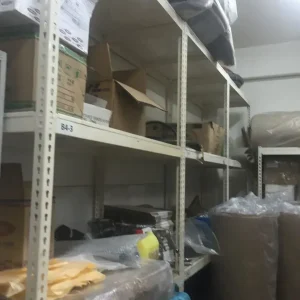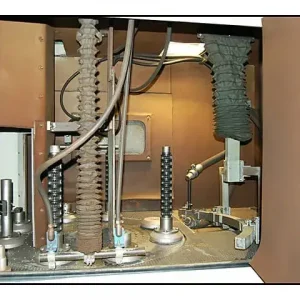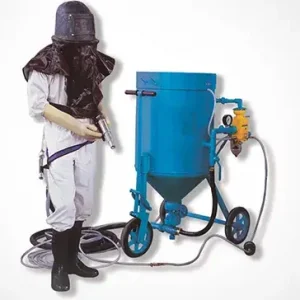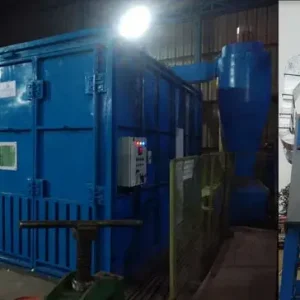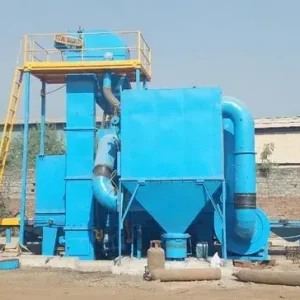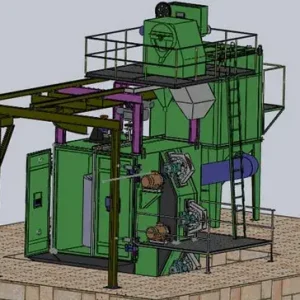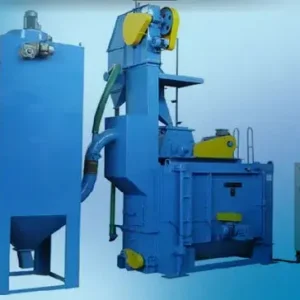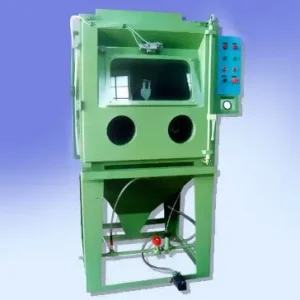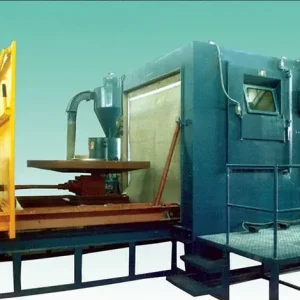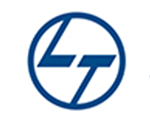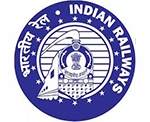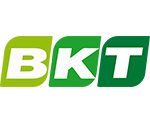When it comes to abrasive blasting (sand blasting), success doesn’t just depend on the blasting process itself—it starts with proper surface preparation. Preparing a surface before blasting ensures better efficiency, longer-lasting results, and improved safety. Skipping this step can lead to poor adhesion of coatings, wasted materials, and even equipment damage.
At Aerowheel Surface Finishing, we treat surface preparation as the foundation of every blasting project. Let’s explore the most common surface preparation techniques before sand blasting.
Why Is Surface Preparation Important?
- Removes unwanted contaminants like oil, grease, and dust.
- Improves blasting efficiency by allowing abrasives to work directly on the material.
- Ensures stronger coating adhesion, preventing premature peeling or corrosion.
- Extends equipment life by reducing wear and tear caused by leftover contaminants.
Common Surface Preparation Techniques
1. Degreasing and Cleaning
Before blasting, surfaces should be cleaned of oil, grease, and dirt. This can be done using:
- Industrial degreasers
- Solvent cleaning
- High-pressure water washing
✅ Best for: Automotive parts, machinery, and metal components exposed to oil or lubricants.
2. Mechanical Cleaning
Loose rust, paint, or scale can be removed using mechanical tools such as:
- Wire brushes
- Grinding wheels
- Power tools
This step makes blasting more efficient by eliminating thick surface layers.
3. Chemical Cleaning
In some cases, chemical solutions are used to dissolve contaminants or oxidation before blasting. Proper neutralization and rinsing are required to prevent chemical residues from interfering with coatings.
✅ Best for: Delicate surfaces where aggressive mechanical cleaning may cause damage.
Benefits of Wet Blasting over Dry Blasting
How Indian Manufacturers Are Revolutionizing Shot Blasting Equipment
Certifications You Must Check Before Buying from Sand Blasting Manufacturers
4. Masking Sensitive Areas
Not all parts of a component should be blasted. Sensitive areas like threads, seals, or precision surfaces need protection. Masking materials such as tapes, rubber covers, or special coatings are applied to keep these areas safe during blasting.
5. Drying and Moisture Control
Moisture can affect abrasive performance and lead to flash rusting on metals. Ensuring the surface is completely dry before blasting is essential for achieving a consistent finish.
Aerowheel’s Process for Reliable Surface Preparation
At Aerowheel Surface Finishing, we follow a step-by-step preparation process:
- Inspection → Check for oil, rust, paint, or contamination.
- Cleaning → Use the right method (degreasing, mechanical, or chemical).
- Masking → Protect areas not meant for blasting.
- Drying → Ensure the surface is free from moisture.
- Blasting → Apply the correct abrasive for the desired finish.
Final Thoughts
Surface preparation is the key to successful sand blasting and long-lasting surface finishing. By cleaning, masking, and drying surfaces before blasting, industries can achieve better coating adhesion, reduced rework, and improved efficiency.
At Aerowheel Surface Finishing, we combine technical expertise with advanced blasting techniques to deliver surfaces that are clean, durable, and ready for performance.








